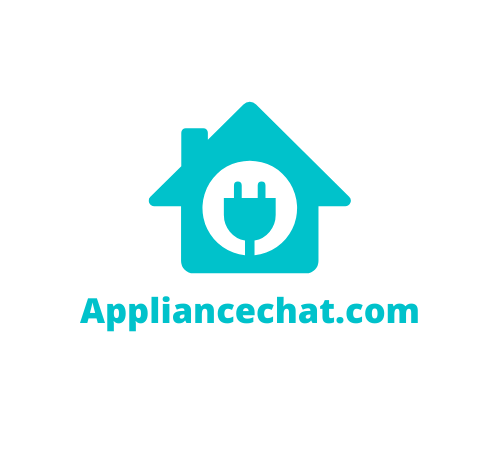You’re relaxing at home on a Friday night after a tough week. You turn on the TV and the slow cooker. You return to the kitchen a few hours later to see how your cuisine is doing, and surprise, surprise!
It’s still lukewarm at best and still raw. Now what?
Food is simmered in slow cookers, as the name suggests. The tender meat we love is best cooked in such cookers.
Slow cookers are an excellent home ally, but they can quickly ruin an evening if they don’t conduct heat properly.
Nevertheless, despite how straightforward slow cookers are, there are a few fundamental guidelines you must adhere to if you want food that is soft, pleasant, well-cooked, and safe to consume.
The fact that a slow cooker doesn’t appear to be boiling or simmering adequately causes many people to worry.
Here, we’ll troubleshoot and provide a few explanations for this.
Ready, let’s jump in!
Slow Cooker Not Simmering (4 Simple Reasons)
Slow cooker not simmering or boiling is commonly caused by an overloaded slow cooker, incorrect settings, or a faulty component.
Need further explanation and troubleshooting, keep reading below.
Slow Cooker Overloaded
Since most slow cookers are made to function at 2/3 of their total capacity, overloading one can be problematic. If you exceed this limit, your slow cooker may need help to heat your food effectively.
Try using extra pots or pans while preparing a meal for one.
I understand how unpleasant it might be to wash two different pots, but keep in mind that if your slow cooker does its job properly, your meal will taste much better!
The appliance should only be filled to the prescribed level. Ideally, you should only fill it up to three-quarters of its capacity at max.
If you need to fill it up more often than this, consider buying a larger slow cooker to accommodate your family’s size.
Another reason your food could not be boiling or simmering is that if it is overly full, it will take a very long time to reach the proper temperature.
Slower Cooker Lid Not Closing
Nullifying the laws of thermodynamics is impossible. Because of a broken seal between the lid and the pot, your slow cooker may not heat up properly.
You must be aware that every time you open a pot’s cover, hot air is released into the surrounding area.
The ability of the slow cooker to retain heat and increase it inside the pot’s chamber may be hampered if the lid seal is broken or otherwise compromised.
Make sure the seal on your lid is intact. You must replace it if you see any bending or ripping.
Call the manufacturer and explain the issue if the warranty still covers you. If not, get a replacement from the nearby spare parts vendor.
Slow Cooker Incorrect Setting
Both the low and keep warm modes deliver temperatures below the boiling point. The keep warm setting is only meant to keep your food warm after it has been cooked.
After a few hours, the low setting will provide a moderate, gentle simmer (ideal for long, slow meat tenderizing).
Therefore, we urge you to check the temperature control knob if your meal isn’t boiling.
Change it to low or high if it is currently set to keep warm. Your dish will be ruined if you use the high setting on your slow cooker.
For instance, using the high setting when making a stew with meat chunks will boil the flesh, dry it out, and make it crumble.
The connective tissue will dissolve, and the meat will become exquisitely tender if you simmer it on low for a longer period.
Connect with an Appliance Repair Technician
Click here to use the chatbox to speak with one of our skilled Technicians.
No in-home service calls. No appointments.
Slow Cooker Faulty Components
Finally, your slow cooker may fail to simmer if there’s an electrical issue. The thermostat is responsible for keeping the temperature where it should be.
The source of heat is the heating element.
Your dish won’t boil if either of them—or both—are malfunctioning. No matter what you do, the food won’t simmer if the thermostat is stuck on maintaining warm, for example.
If you think your appliance may have an electrical problem, call customer care and ask for a replacement if it’s still covered by the manufacturer’s warranty, or have an electrician fix it.
Final Thoughts
Issues with slow cookers can be quite challenging to identify because they’re not necessarily the result of technical problems, as with most cooking-related products.
Sometimes paradoxical reasons, such as a broken lid seal or disobeying the manufacturer’s maximum capacity recommendations, can cause the issue.
Even if the issue is purely technical, because slow cookers are built up of so many tiny parts that each serves a specific purpose, it can be disastrous if even one fails.
We hope the above reasons can help you figure out why your slow cooker is not boiling.
Connect with an Appliance Repair Technician
Click here to use the chatbox to speak with one of our skilled Technicians.
No in-home service calls. No appointments.
Related Articles
- Slow Cookers Supposed To Boil? (Simple Answer)
- Le Creuset Overrated (Simple Answer)
- Slow Cooker Display Not Working (Answered)
- Slow Cooker Not Working: 7 Common Problems (Must Read)
References
- Image by wayhomestudio on Freepik

